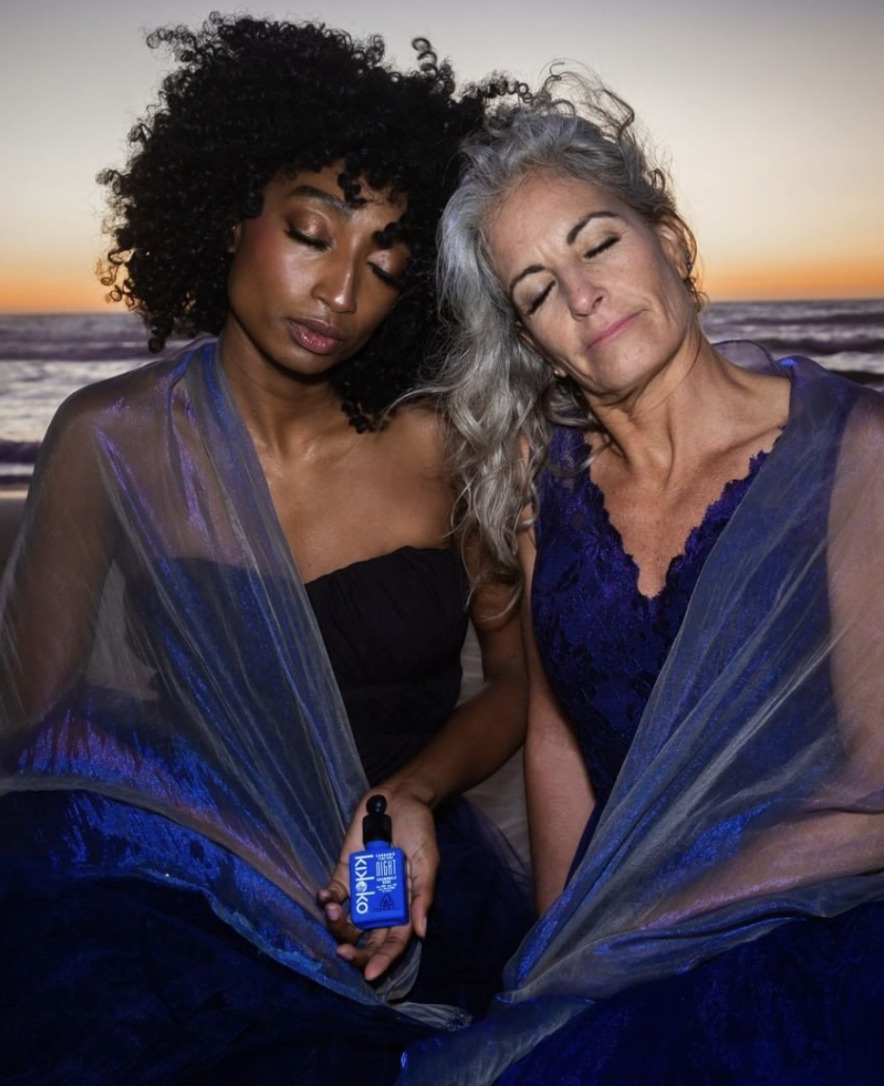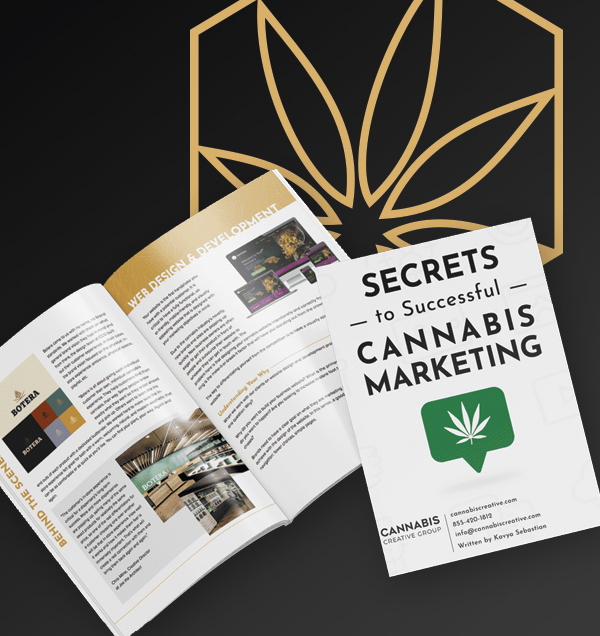To create a strong relationship with your audience, you should invest time in creating a content strategy that makes your target audience feel seen and heard. In your plan, it is essential to focus on inclusivity and authenticity when creating content to resonate with your audience organically. From your brand design to your blog calendar, you want to show that your brand embraces human diversity and you value anyone who supports your brand.
Inclusive marketing is necessary for the cannabis industry, especially given the history of marginalized communities left out of the industry’s boom. Sometimes adapting cultural references in your content strategy to resonate with a specific demographic can lead to appropriation instead of appreciation. Attribution and permission are necessary to include any cultural reference from a place or community you are not a part of.
Content strategy is the most complex yet important piece of building a brand because of all the elements to consider. When you start your strategic plan, be sure that inclusivity and respectable diversity are at the top of your priority list.
What is inclusive content?
Inclusive content marketing refers to any media you create to connect with your audience, such as articles, blog posts, photography, videos, graphics, social media posts, or advertisements that are accessible to everyone.
Designing inclusive content includes content that is accessible, representative, and respectful to all individuals regardless of their race, ethnicity, gender, age, disability, sexual orientation, or any other characteristic that defines their identity.
An impactful inclusive marketing plan involves considering your audience’s diverse needs, perspectives, and experiences and ensuring that your content does not exclude or marginalize any particular group. It fosters a sense of belonging and respect, promoting equal representation and understanding.
LEUNE, a women-owned and operated luxury cannabis company based in LA, has built its brand’s foundation and ethos on inclusivity and purpose. Their mission is to bring awareness to social injustice and inspire positive change. They support and donate to some of the most prominent cannabis advocacy organizations like the Last Prisoner Project, the Floret Coalition, and Eaze Momentum. Their brand identity aligns with their mission, making community involvement in advocacy easy.

The importance of inclusive content goes beyond avoiding offensive or discriminatory language and imagery. It includes and empowers underrepresented communities, challenges stereotypes, and amplifies diverse voices.
Understanding your Audience
Understanding your target audience is vital when building an effective content plan. One way to determine if your content strategy is well-planned or needs some tweaks is if your targeted audience differs from who engages with your brand.
For example, if your target audience personas include women in the age group 45-55, but you consistently see sales from women in the age group 25-35, chances you’re missing the mark on including that demographic. Your inclusive marketing strategy should consist of ongoing research and assessments that keep you updated about who your audience is.
The same is true with inclusive cannabis marketing. Kikoko, a cannabis botanical brand, was founded by two women in their 50s. Their brand and messaging target women in their 40s and 50s, a demographic often overlooked in millennial-focused cannabis branding.

Kikoko uses middle-aged women in their imagery while showcasing content that resonates with that age group on their blog.
Survey marketing can give you direct insight from your consumers and help you build a stronger relationship. Top consumer brands, like Starbucks, rely on market research to stay competitive. Tools like Typeform can help you create beautiful surveys that feel like a conversation with your audience.
Using Inclusive Language
Once you understand your audience, you can begin to think of all the creative ways you want to reach them. In this process, there are essential factors to consider when designing, writing, and sharing your content.
Cohesive branding includes setting a precedent for your brand’s personality, language, and tone. Whether you use witty or more sophisticated language, use inclusive language that steers clear of stereotypes and biases and African American Vernacular English (AAVE) to avoid being offensive. Also, be mindful of cultural, gender, and racial sensitivities.
It can be easy to use popular terms floating around social media to seem more relatable to your audience. However, knowing the history before jumping on a trend will help avoid appropriation. Some slang terms from marginalized communities, such as the predominantly Black queer community, are widely used with no attribution or acknowledgment to those individuals.
Remember, your audience will appreciate authenticity over trying to jump on trends and misusing catchphrases.
Displaying thoughtfulness in your communication goes a long way. There’s also more to being mindful of gender-neutral language, discriminatory biases, or idioms that only certain people would understand. It also takes into account accessibility considerations, which is a very critical component that most brands tend to overlook.
Creating Accessible Content
Using the right inclusive language only matters if everyone can access it. Making your content accessible on the web and social media is crucial to creating inclusive content. Accessibility ensures that individuals with disabilities can access, understand, and engage with your content equally.
There are several key considerations when it comes to making your content accessible. Firstly, providing alternative text descriptions for images allows visually impaired individuals using screen readers to understand the visual content. When creating video content, captioning your videos and providing transcripts can help those with hearing impairments still feel involved.
The Web Content Accessibility Guidelines (WCAG) provide guidelines to ensure your web content meets accessibility standards. Proper accessibility practices in your inclusive marketing strategy can help broaden your content’s reach.
From a customer experience standpoint, a California dispensary, Bud and Bloom, practices inclusive cannabis marketing by providing a free weekly shuttle to and from a nearby retirement village to reach seniors and educate them about cannabis. Thinking outside the box to make your cannabis brand accessible is a sure way to stand out amongst competitors.
Promoting Your Inclusive Content
Once you’ve considered your audience, the do’s and don’ts of your brand’s language, and your accessibility strategy, it’s time to put your content out in the world to reach your audience. Make sure you have a variety of platforms to share your content and tailor your messaging for each platform.
For instance, email requires concise language to get your readers to follow your call to action, while social media now supports longer format videos to share more in-depth conversations.
Your content is the bridge to building a relationship with your community, so fostering meaningful conversations on topics they care about is helpful. Show your audience that you stand for issues and barriers that pertain to them and are willing to advocate for causes they care about.
Influencer marketing is another avenue to consider that is highly beneficial to your brand’s growth. However, it is crucial to collaborate with influencers and brands that align with your business goals and values, and are advocates of diversity, equity, and inclusion.
Let us build your inclusive content strategy.
As an award-winning cannabis marketing agency, we are well-versed in our field, allowing us to be uniquely creative and inclusive. Knowing how to directly connect with your audience while providing inclusive content that keeps them engaged is necessary for your brand’s growth.
To learn more about our content marketing services, visit our Services page, and explore our Diversity & Inclusion section in our blog to learn more about inclusive marketing.
